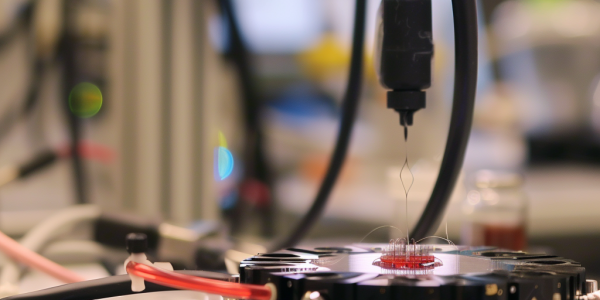Revolutionary Ultrasound Device Offers New Hope in Addiction Treatment
Recent advancements in medical technology reveal a groundbreaking ultrasound device aimed at combating addiction. This innovative helmet-like device emits high-frequency ultrasound waves to target brain regions linked to addiction, offering a non-invasive treatment option. Initial studies suggest it may recalibrate neural pathways, reducing cravings and compulsion. As research progresses, this technology could revolutionize addiction treatment and pave the way for therapies addressing various mental health conditions.
MIT Engineers Develop Implantable Ultrasound Device for Neurological Disorders
MIT engineers have developed the ImPULS device, an implantable ultrasound technology that could revolutionize the treatment of neurological disorders like Parkinson’s disease. This groundbreaking device offers a minimally invasive alternative to traditional deep brain stimulation, potentially reducing tissue damage and increasing treatment efficacy. The device, as thin as a human hair, uses ultrasound instead of electricity for deep brain stimulation, showing promising results in triggering dopamine release. This innovation not only has therapeutic applications but also holds promise for advancing neuroscience research.
Transparent Skull Implant Enables Revolutionary Brain Imaging Technology
Researchers at the Keck School of Medicine of USC and Caltech have developed a new brain imaging technique using a transparent ‘window’ in a patient’s skull. This innovative approach, demonstrated in a proof-of-concept study, utilizes functional ultrasound imaging to record brain activity. Led by Dr. Charles Liu, the study shows promising implications for patient monitoring and a deeper understanding of brain function, particularly in individuals with neurological disabilities. This groundbreaking research offers new possibilities for diagnosis and treatment in patients with serious head injuries.
Frogs in Amazon Jungle Found to Scream at Inaudible Frequencies
Scientists in Brazil have discovered that some frogs in the Amazonian jungle are using defensive ultrasound as a distress call, inaudible to humans. This fascinating finding sheds light on the intricate ways animals communicate and interact in their natural habitats.




